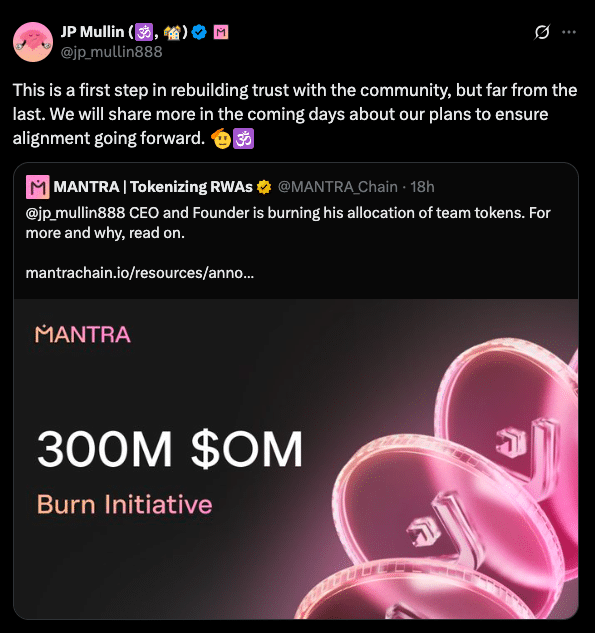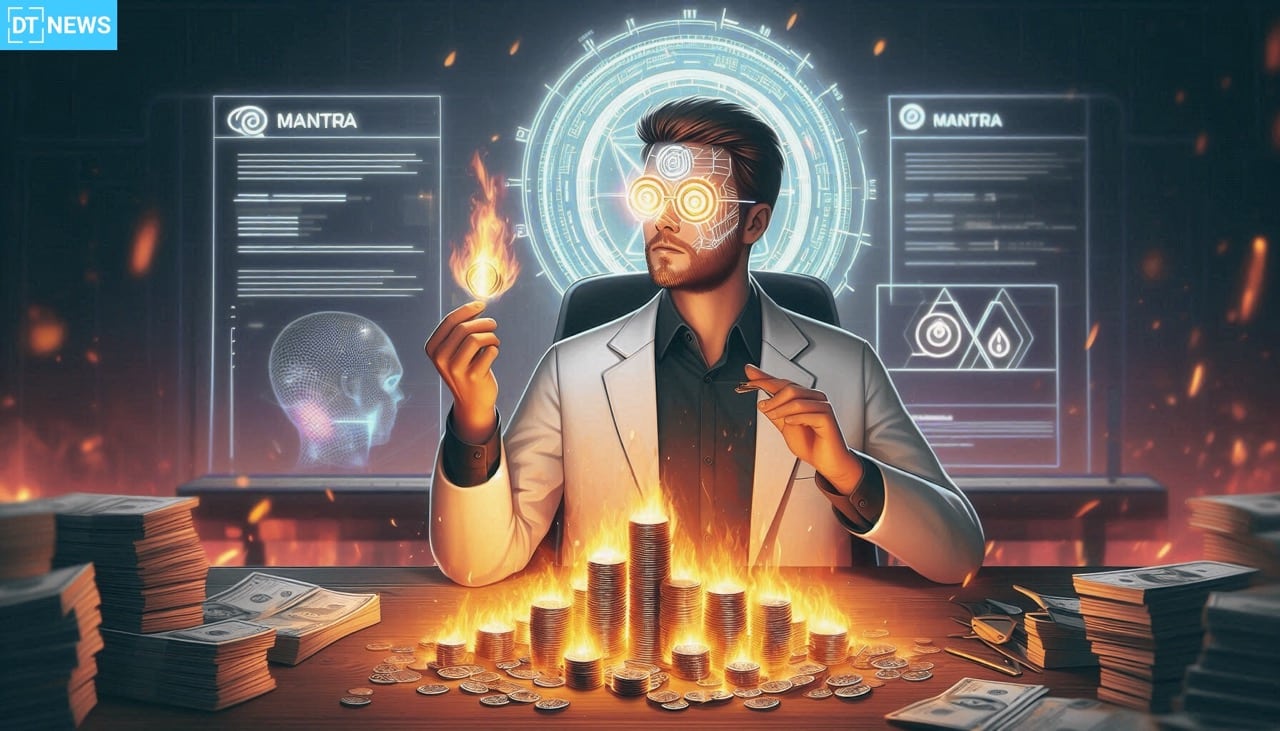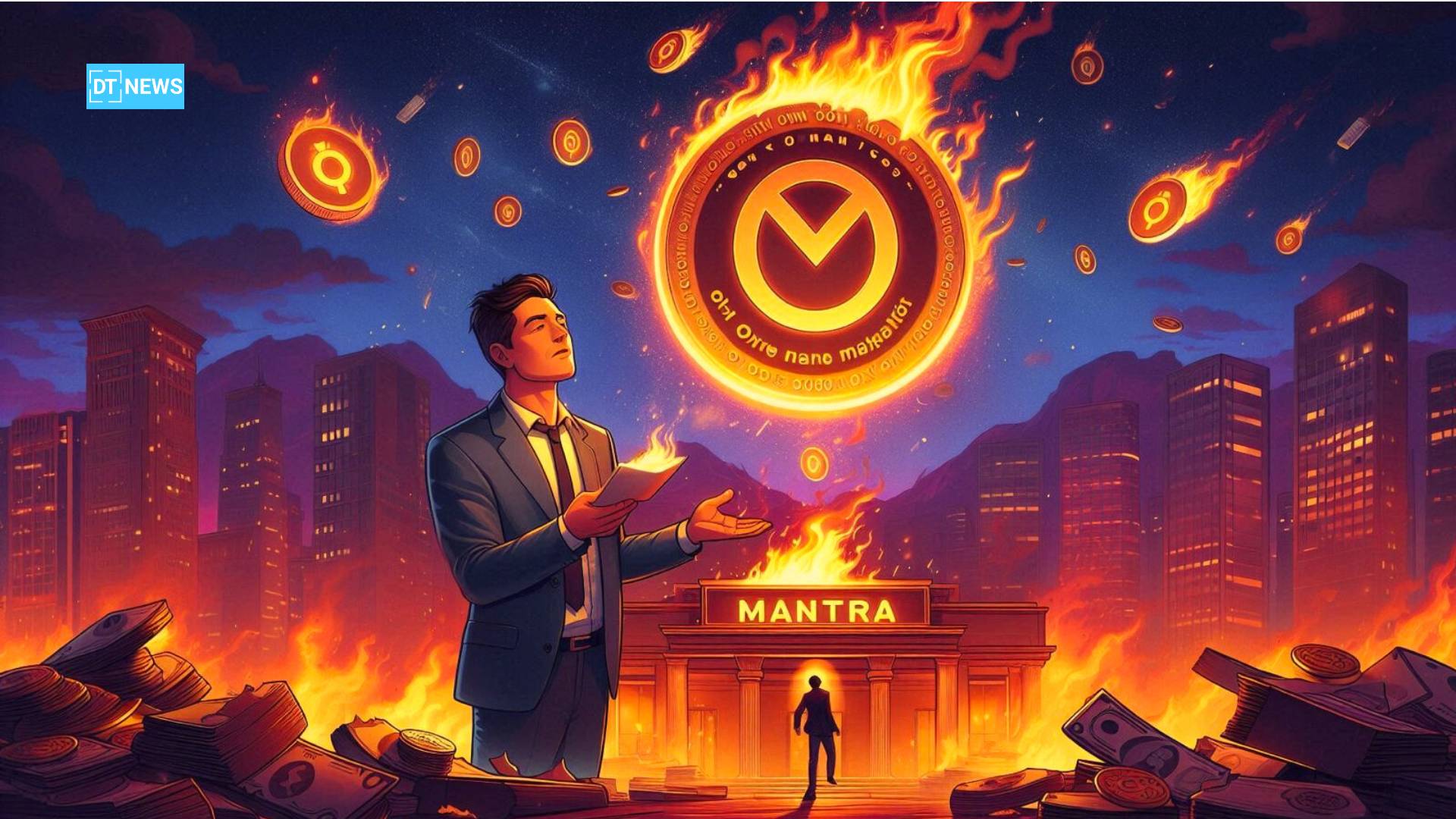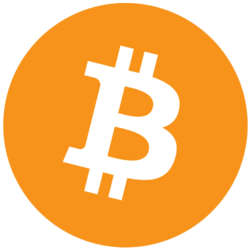Mantra founder and CEO John Patrick Mullin has started his 150 million OM token Burn, calling it the “first step” in rebuilding community trust after OM’s price dropped 90% in early April. Announced on April 21, the burn is expected to reduce supply, increase staking yields and signal long term commitment as the project faces scrutiny over token distribution and governance.
150M OM Token Burn Underway, Another 150M May Follow
The burn involves unstaking Mullin’s 150 million OM tokens allocated at mainnet genesis and set to unlock in 2027. These tokens are being removed from circulation forever. According to Mantra’s statement, the unstaking process will be completed by April 29 and the tokens will be sent to a burn address.
“We’re showing that we’re willing to put the long term health of the ecosystem above personal allocations,” Mullin said in a public statement. “This is the first step in rebuilding trust with the community but far from the last.”
Mantra also announced it’s in talks with “key ecosystem partners” to burn an additional 150 million OM. If that happens, the total supply of OM will be reduced by 300 million and the circulating supply will be around 1.67 billion. That would be one of the largest token burns by a founder and partners in DeFi history.

Burn to Boost APR and Reduce Staking Saturation
Along with trust goals, the burn has certain implications for token economics. The reduction will lower the bonded ratio, the percentage of OM staked across the network, from 31.47% to 25.30%. That will increase staking APRs for long-term holders.
“This strategic burn will lower the bonded ratio… resulting in an increase in staking APR,” the Mantra team said in their public update. The number of staked OM tokens will go from 571.8 million to 421.8 million.
Industry analysts say token burns can create short-term price pressure, but the lasting impact depends on how they’re paired with improved fundamentals and transparency.
“Token burns signal commitment but only matter if backed by real governance reform and utility growth,” said Christine Kim, crypto policy researcher at Galaxy Digital.
Community Sentiment Mixed Despite Transparency Push
Mullin started the burn just days after a poll he posted on X (formerly Twitter) where he gave the community multiple options to handle his team allocated tokens. These included extended vesting schedules or milestone-based unlocks. The burn won, but the poll, which had nearly 9,000 votes, was met with criticism from users who felt the burn should not have been put to a vote after the April 13 crash.
Critics are calling it “damage control,” not leadership. One user said, “Why poll something you already promised? Just deliver.” But many praised the follow-through when the burn was announced and executed.
To strengthen governance and transparency, Mantra has launched a public-facing tokenomics dashboard. The platform tracks token allocation, staking metrics and supply adjustments in real time, something analysts say is essential to regain market credibility.
“Mantra is moving in the right direction by putting data front and center,” said Rafael Whittaker, independent DeFi governance auditor. “But rebuilding trust goes beyond charts, it’s about sustained delivery and listening to users.”
Recovery Roadmap Includes Buybacks and Ecosystem Reforms
The burn is just one part of Mantra’s broader “OM Token Support Plan” which also includes an active buyback program. Mullin confirmed that token repurchases are being funded through ecosystem revenue and treasury management but full disclosure on amounts and pacing has yet to be made public.
“We’re already executing the buyback. It’s well underway,” Mullin said, signaling ongoing support for OM’s price stabilization efforts.

But the project has a long way to go. OM, which briefly peaked above $6.30 in early April, has struggled to recover. At press time, it’s still trading below $0.55, over 90% down from its local high. Liquidity concerns and team token allocations have fueled volatility and skepticism.
Can Mantra Rebuild Market Confidence?
Market watchers are divided on whether these moves will be enough to stabilize the OM ecosystem in the long term. Some argue the burn and buyback offer tangible, measurable steps towards recovery, while others say fundamental changes in governance, vesting logic, and use-case expansion are equally important.
“This isn’t just about tokenomics,” said fintech strategist Eva Maier of Messari. “Mantra will need to evolve its model, align with DeFi norms and continuously communicate with users. The burn is a strong gesture, now they have to build on it.”
For now, the crypto community is watching to see if Mantra can turn a crisis into an opportunity for deeper decentralization, transparency, and realignment with its user base.
FAQs
What is the OM token burn?
It’s a permanent removal of 150 million OM tokens from circulation initiated by Mantra CEO John Patrick Mullin. May expand to 300 million with partner support.
Why is Mantra burning tokens?
To restore trust after a 90% price drop, reduce supply, increase staking rewards, and show long-term commitment from the team.
What’s the impact on OM staking?
Bonded ratio will drop from 31.47% to 25.30%, staking APR will increase and decreasing network saturation.
Is there a buyback?
Yes. Mantra said a buyback is “in the works” funded by protocol revenue as part of the OM Token Support Plan.
What else is Mantra doing to regain trust?
They launched a tokenomics dashboard and are talking about more burns. Governance updates and long-term roadmap coming.
Glossary
Token Burn – The process of removing tokens from circulation by sending them to an unspendable address.
Bonded Ratio – Percentage of token supply staked on the network.
Staking APR – Annual return on staking a token.
Buyback Program – The project buying tokens from the open market to reduce supply or stabilize price.
Genesis Allocation – Tokens distributed to team or stakeholders at the launch of the blockchain or mainnet.



















































































































